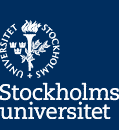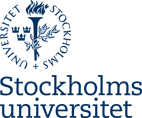Tid: 16 november, kl 13-14
Plats: B705
Abstract
International Large Scale Assessments such as PISA are becoming increasingly popular with policy makers all over the world. The surveys provide a measure of countries’ abilities in subjects such as mathematics, science and reading. The measure is comparable between countries and over time making it a benchmark for knowledge among the participating countries. The methods and procedures used in these large scale assessments are, however, not widely known. The methods for estimation of a country’s total ability in one subject are based on modern test theory, also called Item response theory (IRT), which is based on the assumption that the probability of answering a question correctly is dependent of the students’ ability (or latent trait).
Because of the complex sampling and test design the methods used for estimation are quite complicated. Also multiple imputation methods are used in order to obtain good estimates for different population totals. Since overall results for every country should be comparable over time, IRT-equating methods are applied. The presentation gives a brief overview of the design and methods used in the Trends in Mathematics and Science Study (TIMSS).



